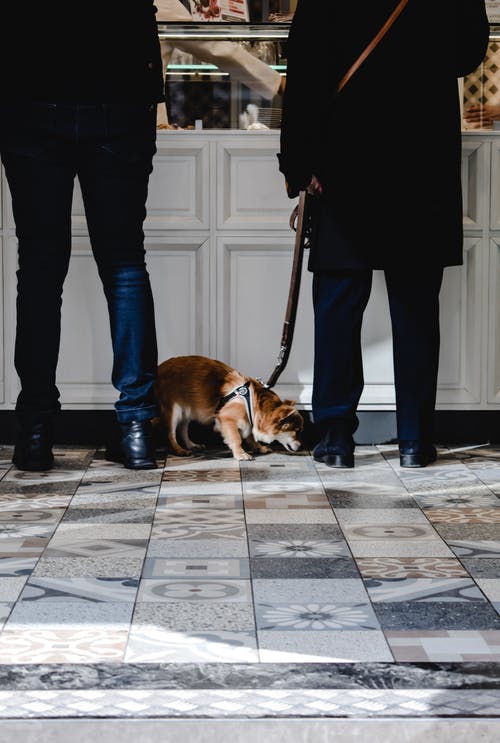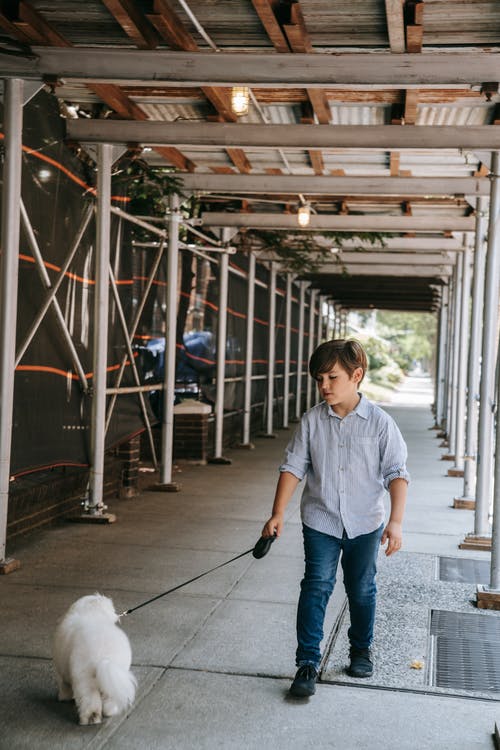As you walk down the harness aisle in your local pet shop, the sheer number of the different kinds available is enough to make you wonder how anyone can find the right harness for their dog. When it comes to selecting a harness, it’s first important to know the different types of harnesses available so that you know which one is perfect for your pet.
Martingale harnesses
If your dog prefers to take you on a walk instead of the other way around, using these types of harnesses may prove quite useful in allowing you to have some control over the walks you take with them. Each time the dogs pull harder, the harness increases the pressure on the dog’s chest, leaving them slightly uncomfortable and less likely to pull harder next time.

Front-clip harnesses
With this type of harness, the position of the place where the leash connects is on the dog’s chest. If your dog loves to pull you around, this may be the best option to start off with it. It also exerts a pressure on your dog’s chest so that each time they feel it, their instinct is to ease that pressure by slowing down.
Dual-clip harnesses
By having the liberty to position the clip on the front, back or even on both, these are as effective as they are versatile. By using this type of dog harness and selecting which way you want it to be connected; you can maximize the control you have over your dog’s movement. If you’re in Australia you can easily find a harness here.
Back-clip harnesses
As the connection of the harness is down the back of the dog, there is less chances of your dog’s neck getting irritated. It also reduces chances of getting tangled, making it a fuss-free method of preventing them from tugging you way more than they should.
Head halters
This is the go-to harness to use for dogs with an extreme pulling habit. If your dog is aggressive and may hurt those around you, this is definitely one to consider. These are designed to give you as much control as possible over your dog so that they won’t be able to lunge ahead. It doesn’t cause any pain but the pressure ensures that they are pulled back and discourages them from trying to do so again.
Step-in harness
These are less restricting as they stay away from the neck area and hence away from their windpipe, making it easier for them to turn around and go about their way more comfortably. This harness is fastened around the back area and would work better for smaller dogs or even ones who aren’t comfortable with things going around their head.

This is ideal if the things you’re keeping in mind for your dog is their size and their comfort as it has less influence over their pulling behaviour compared to others.
Now that you know the different types of harnesses available, walking down that aisle should be less daunting and more exciting!
